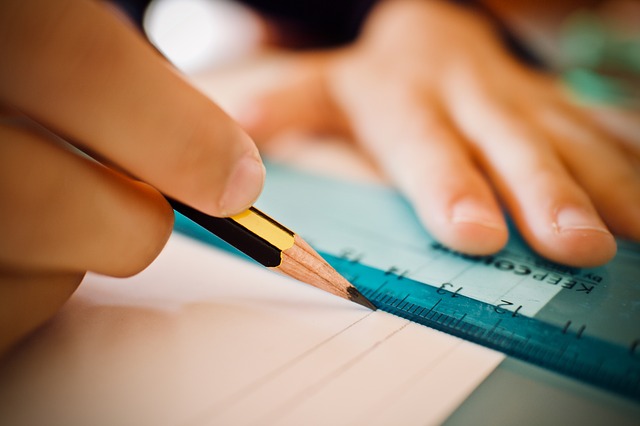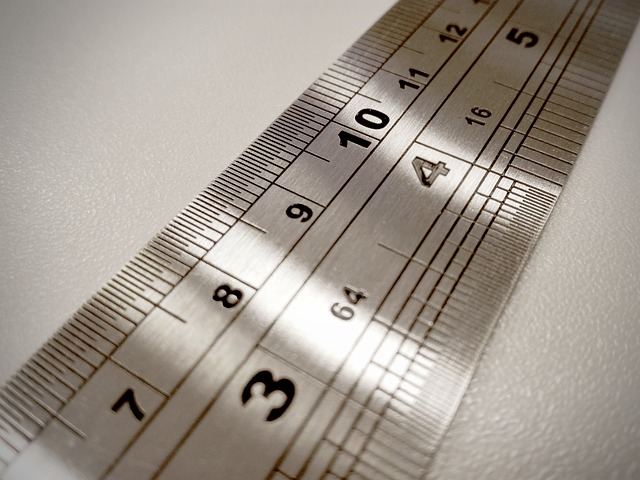A simple lesson plan on teaching reading skills by the students metric ruler
For this lesson, you learn a metric ruler every student will need a ruler with centimeters and millimeters (or you can have one line for two students), several items to measure students, pencils and notepads.
Start the lesson by asking students, to look at their website and found a ruler, which measures centimeters and millimeters. This page should be directed to the top, that students could use it. ( This will be true, if you have a ruler, which are inches on one side and centimeters on the other). Explain, that the measurements of centimeters and millimeters are very similar to the measurement of inches. Analyze, how to measure the object, in particular from zero, and making measurements across. also, you will want to remind them, that things are not always perfect measure – object can have a length 2 i,en 3/4 cala,en, and not only 3 path.
At the end, tell students, that 1 a centimeter 10 millimeters. That's why, if something is not an exact number of centimeters, You can use decimal points, To show, how many centimeters and millimeters is how an object such as 3,4 cm or 5,6 cm.

Lesson and Practice
In this lesson, we ask students, to the same objects measured and compared, what measurements received other students. Before students begin to measure, you will need to show them the poster with a metric ruler and show them how to read millimeters and centimeters. Place drawing lines on the chalkboard and draw a line to 3 cm i 4 mm. (This line will be much larger than 3 cm 4 mm, and the line will be enlarged, so that all students can see it).
Show students, how to get started on the sign centimeter, which is closest to the end of the line, and then counted millimeter small strokes, to get the result of measurement. See also, To save this measurement as 3,4 cm or 34 mm or 3 cm or 3 cm i 4 mm. You can draw some lines and practice using a large ruler, until you find, that students understand the process.

Then ask students, They measured to the same lines of their own items, such as the width and length of their desks or different textbooks. Everything, to which all students have equal access is, will work in this exercise. You'll be able to get an accurate measurement and test, measure whether students correctly. When students gain measurement, ask them to save it to a notebook in one of three ways, and that they showed clearly enough, so you can quickly move around the classroom, to check, measure whether students correctly, or not.